Zastava’s First Kalashnikov, The M64

After the Assault Weapons Ban ended in 2004, I became familiar with Zastava rifles, particularly the M59/66 and the M70AB2. Before that, my gateway into the world of Kalashnikovs was the Romanian WASR-10, which initially sparked my interest in foreign firearms. I owned several Zastavas over the years. Aside from the somewhat flimsy underfolder stock, the M70AB2 was a rock-solid rifle built like a tank, which left a lasting impression.
At the time, I never imagined I’d one day spend three months living in Serbia. While there, I developed a deep fascination with the country’s history and its firearms. My interest grew further through research into Yugoslavian weapon development and a visit to the Zastava Old Gun Foundry Museum. This experience inspired me to write about the origins of the Yugoslav Kalashnikov variants.
History
During and following World War II, Yugoslavia developed a strong appreciation for the German MP44/StG44. This early exposure was a glimpse into the future. The StG44 was so influential that Yugoslavia retained some of these rifles for use by its airborne units and officially started testing in 1952-1953 to develop a similar weapon. The StG44 also played a critical conceptual role in the Soviet Union’s development of the first AK-series rifles.
A significant turning point came with the 1948 Tito–Stalin Split, which reshaped the Cold War and Communist movement. The ideological and geopolitical rift between Yugoslav leader Josip Broz Tito and Soviet leader Joseph Stalin had far-reaching consequences. One of them was that Yugoslavia was denied the opportunity to license the production of the Kalashnikov rifle.
However, this wasn't a problem a decade later, the situation had shifted. In 1959, two Albanian border guards defected to Yugoslavia, bringing with them Soviet-made AK rifles. These rifles were the first physical examples of the weapon that Yugoslav engineers had long been eager to study and examine. The guns were quickly delivered to the Red Banner factory, now known as Zastava Arms, in Kragujevac, Yugoslavia. That same year, under the leadership of Milan Ćirić, Zastava initiated a domestic development program to produce an automatic rifle based on the Kalashnikov design.
Although two rifles weren’t sufficient for complete reverse engineering, Yugoslavia soon acquired more. It is reported that Tito personally arranged the purchase of around 2,000 AK rifles, most likely from Egypt. This provides more than enough for Yugoslav engineers to examine the weapon thoroughly and lay the foundation for domestic production.
Meanwhile, broader political changes were unfolding. After Stalin’s death in 1953, his successor, Nikita Khrushchev, began normalizing relations with Yugoslavia. This thaw culminated in Tito’s 1955 state visit to the Soviet Union, during which the Belgrade Declaration was signed, recognizing the right of each socialist nation to pursue its own path to socialism. The agreement marked a diplomatic victory for Yugoslavia and a significant shift in Soviet foreign policy.
Milled M70A in Serbian Army service, they are used for training. Photo credit: Georgi D.
By 1964, the result was the M64, Yugoslavia’s first Kalashnikov-based rifle, manufactured at Zastava Arms. The M64 served as both a prototype and the basis for future models, most notably the Zastava M70, which became the standard-issue rifle for the Yugoslav People’s Army.
While the M64 included several unique features, most were eventually discarded in favor of a more conventional configuration with the M70. One notable feature that did carry over, at least in the early milled M70A variant, was the last-round bolt hold-open mechanism, used in combination with a specially modified magazine. However, this was later dropped to simplify production and reduce costs to a bolt-hold-open magazine. Unfortunately, it was dropped as this feature was one of the most significant improvements of the AK. Bolt hold-open magazines are great, but nothing like a bolt hold-open mechanism.
A few of the interesting features of the M64 are now considered the norm, such as the front sight gas block, which necessitated relocating the rear sight to the rear of the dust cover to provide an adequate sight radius. The round SKS-style charging handle was replaced with a standard AK-style charging handle.
Misidentification
The so-called M64 kits occasionally seen in the U.S. are actually misidentified milled M70A rifles. This confusion arises because these rifles have milled receivers, leading many to mistake them for the earlier M64, especially since the M70 is commonly associated with stamped receivers. In reality, the early M70 models retained milled receivers, and it wasn’t until the M70B1 and later variants that Zastava switched to stamped 1.5mm receivers and bulged trunnions.
Conclusion
The Zastava M64 was more than just Yugoslavia’s first attempt; it was not simply a clone of the AK, but an improvement on it. It was a foundational step in the country’s evolution toward a fully independent small arms industry. While it never entered full-scale production or widespread service, the M64 played a crucial developmental role by introducing features that would become standard in later designs, such as the bolt hold-open mechanism and integral rifle grenade launcher system.
Its milled receiver, though robust, highlighted the need for more cost-effective production methods, ultimately leading engineers at Zastava Arms to adopt stamped receivers and streamline manufacturing processes. These lessons culminated in the development of the Zastava M70, a rifle that successfully balanced durability, performance, and mass production.
In this way, the M64 served as both a technical proving ground and a strategic stepping stone. Without it, the M70, one of the most iconic and widely used Yugoslav rifles, might not have achieved the same level of refinement or success. The M64’s legacy is thus firmly embedded in the DNA of all subsequent Zastava-designed firearms. Lastly, I would highly recommend visiting the Zastava Old Gun Foundry Museum.
Sources: Zastava “Old Gun Foundry” Museum and Museum Guide Brochure.

Lynndon Schooler is an open-source weapons intelligence professional with a background as an infantryman in the US Army. His experience includes working as a gunsmith and production manager in firearm manufacturing, as well as serving as an armorer, consultant, and instructor in nonstandard weapons. His articles have been published in Small Arms Review and the Small Arms Defence Journal. https://www.instagram.com/lynndons
More by Lynndon Schooler
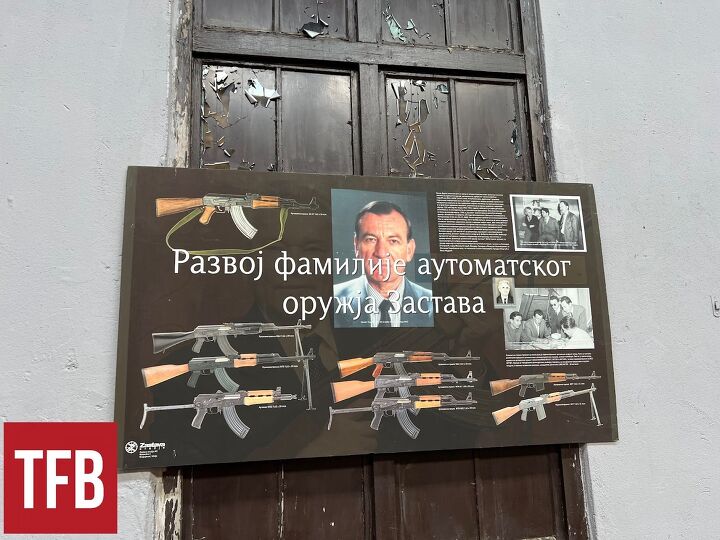








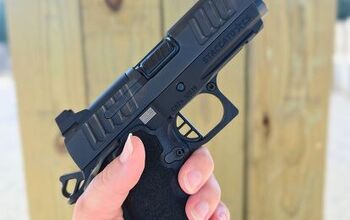
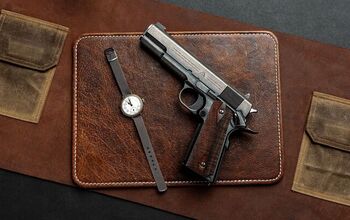




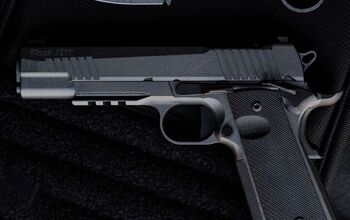
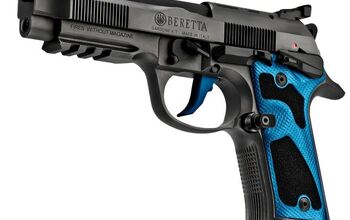

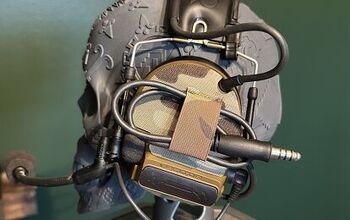
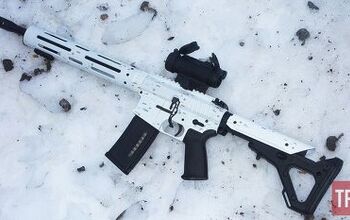


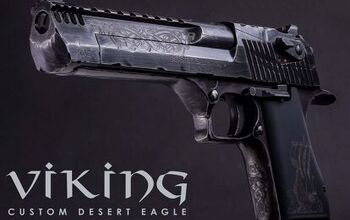


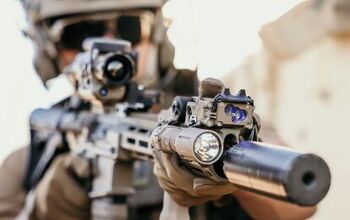
Comments
Join the conversation